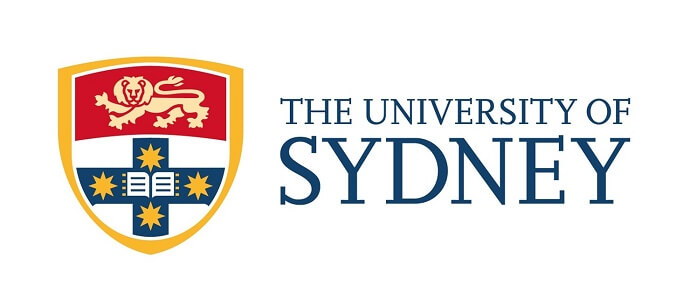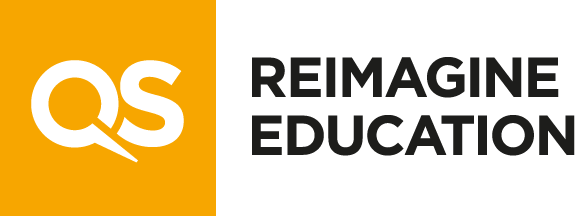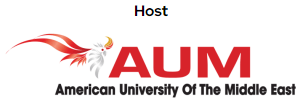USING MLEARNING TO ENGAGE WITH THE LIVING BOTANICAL WORLD
NOTE FROM THE EDITOR
Disclaimer: Owen Brasier is an Educator at the Australian Computing Academy and is Technical Lead of MadMaker, at the University of Sydney.
In Australia, the education landscape in science and technology is changing quite drastically with the implementation of the new Digital Technologies curriculum. Every student in Australia will be given an introduction to computational thinking starting from age 6 – 7, moving into visual programming from ages 10-12, and learning text-based languages in early high school (ages 13-14).
This is quite a dramatic shift. It recognises the importance of computational thinking from a young age if the student’s ability to solve problems throughout school and their everyday lives is to be optimised. By starting at such a young age, the new curriculum attempts to make digital literacy as natural to students as language and basic mathematics.

But there is a problem of effective countrywide implementation, with teachers needing to learn a new skill they are required to teach, and for those teachers to produce content that supports students to learn these concepts. Teachers find this is challenging to do effectively, often having very little experience or training.
At the University of Sydney, there are various programs that help facilitate this change in the curriculum by supporting teachers in the skills they need to bring these concepts to the classroom. As well as providing a pathway for students to progress from the fundamentals to advanced where students can have their code running in space.
The recently created Australian Computing Academy, is an initiative funded by the Australian Government and collaboration with Monash University and Grok Learning, which is set to deliver over 18 courses. These courses will help to support the goals of the new Digital Technologies curriculum. Additionally, the Academy is providing over 100 two-day teacher-training workshops to support teachers through the initial stages of implementation of this change.
In parallel with this initiative, The University has been running the NCSS Challenge since 2005. The Challenge is a 5-week coding competition that teaches students how to code, in either Python or Blockly. Over 10,000 primary and high school students and their teachers participated in 2016. The Challenge also served as a springboard for developing technologies to deliver this effectively and at scale.
The University of Sydney also runs MadMaker, a competition for high-school students which aims to connect programming concepts with science and mathematics. Students learn to create technology with Arduino and embedded electronics. Additionally, once they are comfortable with the basics, they can participate in Zero Robotics, which was started by MIT and is an international competition where students who are finalists compete in zero gravity robotics challenges. Finalists are also able to get their code running on the International Space Station.
There are even more fantastic programs making a huge impact around Australia, such as Bebras, Young ICT Explorers, FIRST and many others. Such programs do an excellent job of teaching younger students to program and improve their logical thinking. To implement this change at scale by reaching students across the whole country, not just the wealthy and those fortunate enough to have fantastic teachers, it requires forward thinking from the governments to mandate this change in schools. The University of Sydney is just one of many attempting to encourage new students, especially those from underrepresented groups, support all students on their learning journeys, and to provide a pathway for students to follow so they can eventually become the scientists and engineers of the future.

